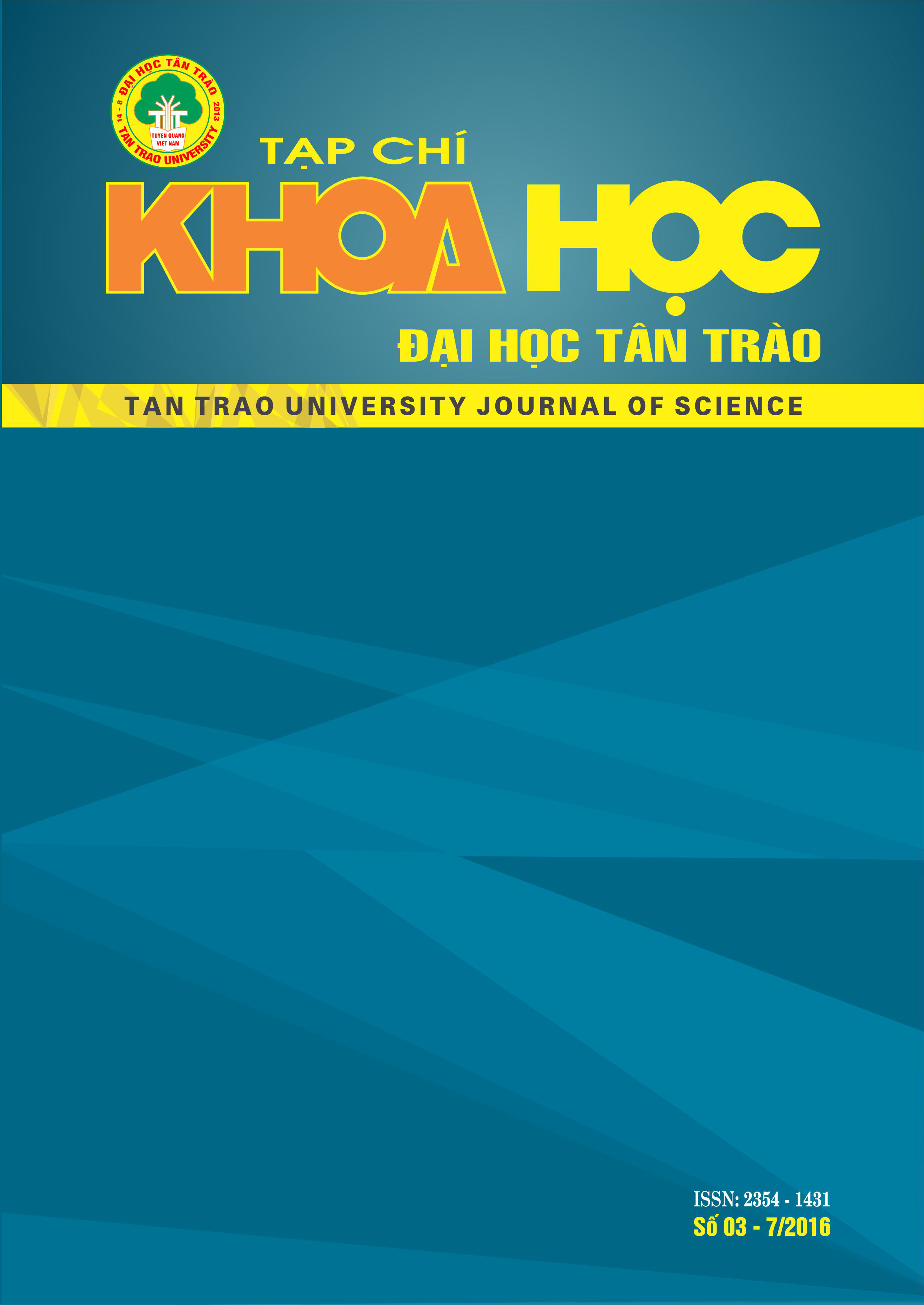Fiction and nonfiction in New Journalism (1960 - 1980): A Journalistic Experiment
DOI:
https://doi.org/10.51453/2354-1431/2016/73Keywords:
New Journalism, American literature, journalism, postmodernism.Abstract
The article is a review of New Journalism, a literary and journalistic trend in the United States from 1960s to the 1980s. We provide a clear and simple definition of New Journalism, whileas there are many different and confusing definitions of its. By picturing its historical and cultural contexts as well as analyzing its objectives and writing strategies, we show that instead of being an unpractical and frivolous experiment, this is a serious reaction which represents the postmodern spirit and the engagement of journalism.
Downloads
References
1. John Hellmann (1981), Fables of Fact the New Journalism as New Fiction, Urbana: Illinois University Press;
2. John Hollowell (1977), Fact & Fiction: the New Journalism and the Nonfiction Novel, Chapel Hill: North Carolina University Press;
3. Norman Sims et al (March/April 2012), “International Literary Journalism in Three Dimensions”, World Literature Today, Vol. 86, No. 2, 32 - 63;
4. Tom Wolfe (1969), The Electric Kool-Aid Acid Test, New York: Bantam Books, 36 - 37;
5. Tom Wolfe et.al (1975), The New Journalism,London: Pan Books.
Downloads
Published
How to Cite
Issue
Section
License

This work is licensed under a Creative Commons Attribution-ShareAlike 4.0 International License.
All articles published in SJTTU are licensed under a Creative Commons Attribution-ShareAlike 4.0 International (CC BY-SA) license. This means anyone is free to copy, transform, or redistribute articles for any lawful purpose in any medium, provided they give appropriate attribution to the original author(s) and SJTTU, link to the license, indicate if changes were made, and redistribute any derivative work under the same license.
Copyright on articles is retained by the respective author(s), without restrictions. A non-exclusive license is granted to SJTTU to publish the article and identify itself as its original publisher, along with the commercial right to include the article in a hardcopy issue for sale to libraries and individuals.
Although the conditions of the CC BY-SA license don't apply to authors (as the copyright holder of your article, you have no restrictions on your rights), by submitting to SJTTU, authors recognize the rights of readers, and must grant any third party the right to use their article to the extent provided by the license.


